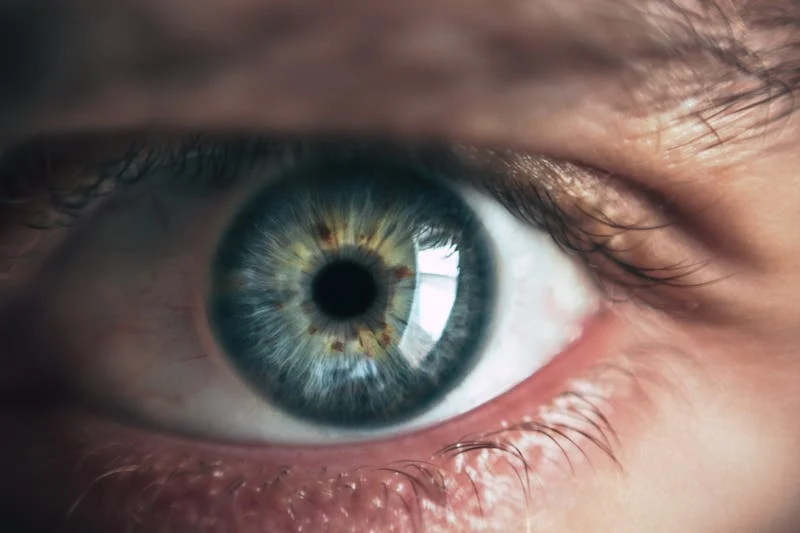The article titled “The Prevalence and Risk Factors of Retinal Toxicity Associated with Long-term Hydroxychloroquine Use” by Sophie Do and colleagues from Kaiser SCAL, Fontana, CA, explores the eye-related side effects of hydroxychloroquine (HCQ), a medication primarily used for treating autoimmune diseases. This study focuses on retinal toxicity, a potential adverse effect when HCQ is used for over five years.
The researchers conducted a retrospective review of medical records from adult patients who had been using HCQ for more than five years up to December 2018 in Southern California’s Kaiser Permanente areas. They aimed to determine the prevalence of retinal damage, detected via Optical Coherence Tomography (OCT), a key tool for spotting this type of toxicity, and confirm these findings with a retinal specialist.
The study found that 6.8% of the 676 patients surveyed developed retinal toxicity. The risk varied significantly based on factors like the patient’s age, the dosage relative to their body weight, the total duration of use, and the cumulative dose taken over time. Notably, the risk increased dramatically with longer usage, especially over ten years, and higher cumulative doses. The analysis pointed out that a daily intake exceeding 7 mg/kg and a cumulative dose over 1500 grams significantly raised the likelihood of experiencing retinal toxicity.
The findings underscore the importance of regular eye exams using OCT for patients on long-term HCQ, particularly those in higher risk categories due to the duration of use, dosage, and overall amount consumed. The study highlights the need for careful monitoring to prevent serious vision problems in patients using hydroxychloroquine for extended periods.

